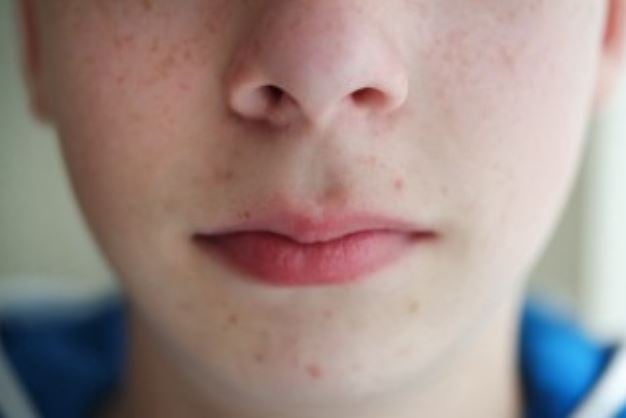Photodynamic Therapy: All You Need To Know
Photodynamic therapy is a skin rejuvenation treatment for various skin conditions including superficial skin cancers, acne, rosacea and actinic keratosis (sun spots). A topical cream is applied to the skin which is then exposed to a special light source, triggering a chemical reaction in the targeted lesions that eventually breaks down their structure.
Commonly referred to as PDT, the process begins with identifying the lesions needing treatment. To remove any impurities, the surface of the skin is gently scraped, which can be mildly uncomfortable and may cause bleeding. A special cream is applied to the skin and the lesion is dressed.
After three hours, the dressing is removed and the cream is cleaned away. The lesion is exposed to a bright light source, held between five to eight centimetres from the surface of the skin for a period of eight minutes. Protective glasses will be provided as the light is very bright. The lesion is dressed again for at least 24 hours and should be protected from sunlight. Photodynamic therapy is usually repeated in one to three weeks if it has been used to treat skin cancer.
 For the treatment of acne, this method has certain advantages over other therapies. It works by killing the acne bacteria and reducing the size and activity of the sebaceous glands that are a prevalent factor in oil production on the skin. Photodynamic therapy will usually be repeated one to three times at intervals of around two to four weeks to fully restore the skin’s integrity and greatly improve the condition of acne.
For the treatment of acne, this method has certain advantages over other therapies. It works by killing the acne bacteria and reducing the size and activity of the sebaceous glands that are a prevalent factor in oil production on the skin. Photodynamic therapy will usually be repeated one to three times at intervals of around two to four weeks to fully restore the skin’s integrity and greatly improve the condition of acne.
The treatment is only suitable for certain skin conditions. In skin cancer, for example, photodynamic therapy only provides an acceptable cure rate for pre-cancerous lesions and superficial non-melanoma skin cancers such as basal cell carcinoma. People with a strong sensitivity to light or who suffer from acute claustrophobia may not find the therapy suitable.
Discomfort at the treatment site is common during therapy. The area may burn, sting or feel tender, but these symptoms can be alleviated by blowing cool air over the skin, and usually cease quickly after the light is switched off. The treatment can be paused to seek pain relief such as a local anaesthetic.
Redness, weeping and crusting will likely develop after the treatment, and the affected area will need regular bathing and dressings which can be administered at home. Sometimes, more severe swelling, blistering or itching may occur and the skin may become lighter or darker in colour. Increased skin colour generally fades over months but decreased skin colour can occasionally be permanent. Very rare side effects include headaches, dizziness, migraines, anxiety, thinning skin, rashes, nausea, fatigue, flu-like symptoms and skin infections.
The clinician will advise when a follow-up appointment should be arranged. The treated area should be checked within three weeks to ensure it has healed appropriately and that there are no long-term concerns.
Photodynamic therapy is currently offered at the New Town Skin Cancer Centre. Please contact our aesthetic medicine-trained doctors about whether this treatment is right for you.
- Tags:
- Treatment
